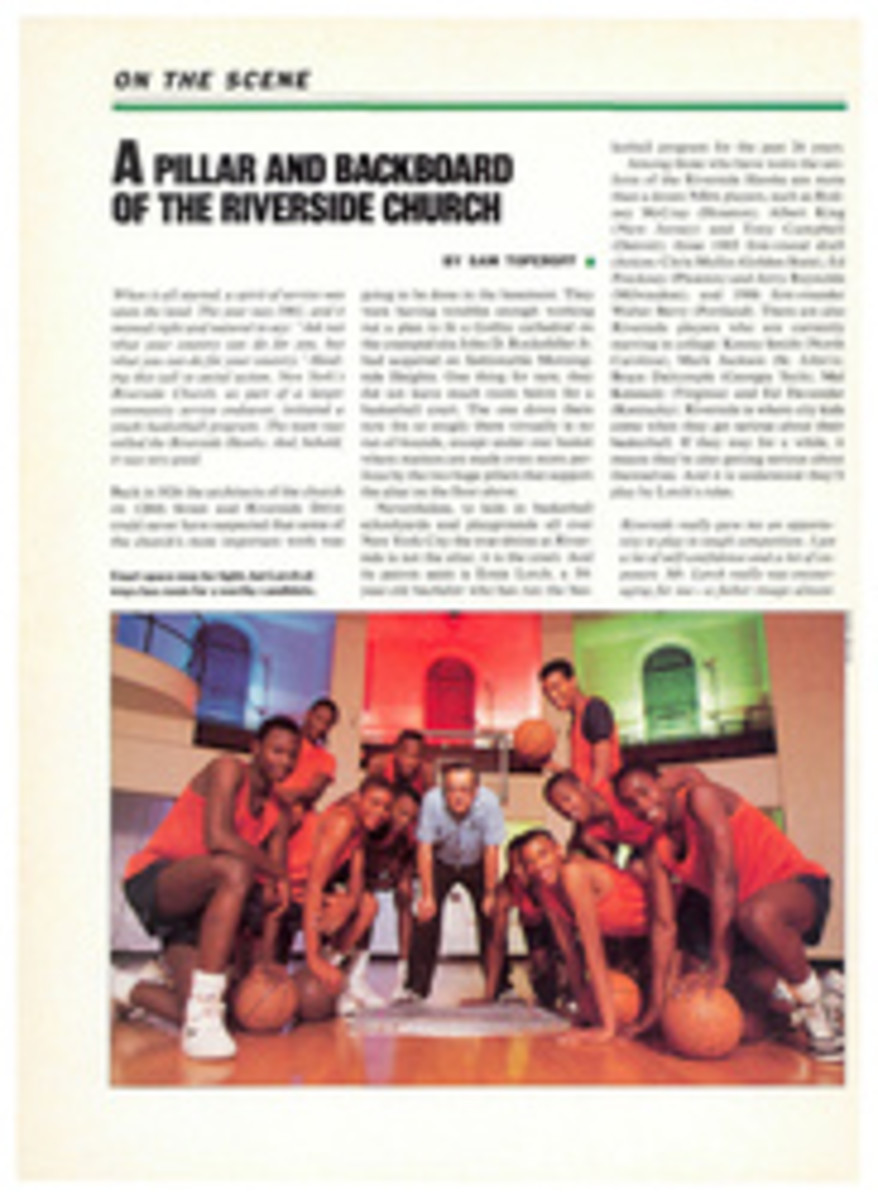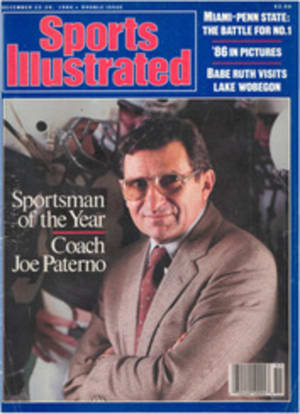
NOT A PIECE OF CUP CAKE
Doug Riggs, a Providence (R.I.) Journal reporter, writes in his introduction to Keelhauled: Unsportsmanlike Conduct and the America's Cup (Seven Seas Press, Inc., $19.95) that the book began as "little more than an account of the 1983 races" and grew. Unfortunately, it grew in several directions, none of them the one indicated by the book's title.
Keelhauled is three books under one cover. The first is the history of the Cup from 1851 to 1937, a story that has been written many times. The second is a sociologically oriented review of the period from 1958 to 1980, when the Cup evolved from a contest among wealthy yachtsmen to the corporate battle it is today. This section will interest Cup fans boning up for next month's races. The third is a rehash of the New York Yacht Club's 1983 loss of the Cup to Alan Bond's Australia II, a job already done better in Upset: Australia Wins the America's Cup, by Barbara Lloyd and Michael Levitt; Ben Lexcen: The Man, the Keel and the Cup, by Australian journalist Bruce Stannard; and Born to Win, by John Bertrand, the skipper of the winning boat.
To those earlier accounts of the '83 campaign, upon which he has drawn freely, Riggs has added interviews with members of the NYYC's America's Cup committee, some of whom are telling their side of the story for the first time. Had these insiders done so sooner, the NYYC might have come out of 1983 with at least a modicum of public sympathy, if not for its actions, at least for its frustration at fighting a space-age war with machine-age weaponry.
Even a sympathetic reader, however, is forced to conclude that the wine of defeat does not age well; three years later it still smells of sour grapes. One after another, the interviewees tell of being victimized by a lazy and/or gullible press, an illegal boat, unethical behavior by the Aussies and their own codes of honor. Still, the record has at last been balanced. The author has given the losers their day in court, and if he had left it at that, he would have done a service to future America's Cup historians. Instead Riggs volunteers his own dubious assessments, frequently so slanted in favor of the NYYC that they lessen the credibility of his reporting. For example: "When they [the NYYC] were falsely accused in the press, gentlemanly reserve—and perhaps a consciousness of their own ethical vulnerability—restrained them from counterattacking. Unlike the Australians, they were willing to engage in private deception but balked at lying in public."
The author was much closer to the mark in his original premise, stated in his introduction: "America's Cup campaigns, by and large, have been mounted by men of extraordinary ambition and average virtue."
ILLUSTRATION
PHIL HULING

